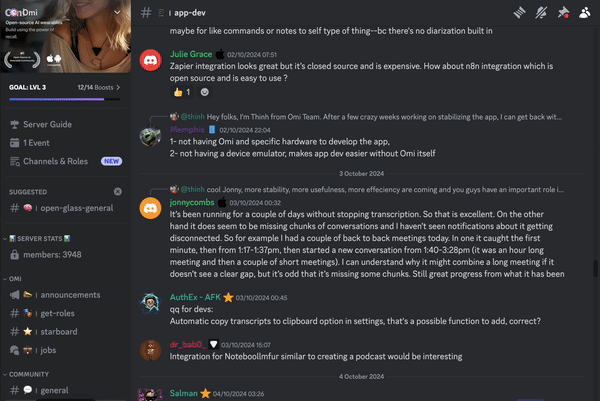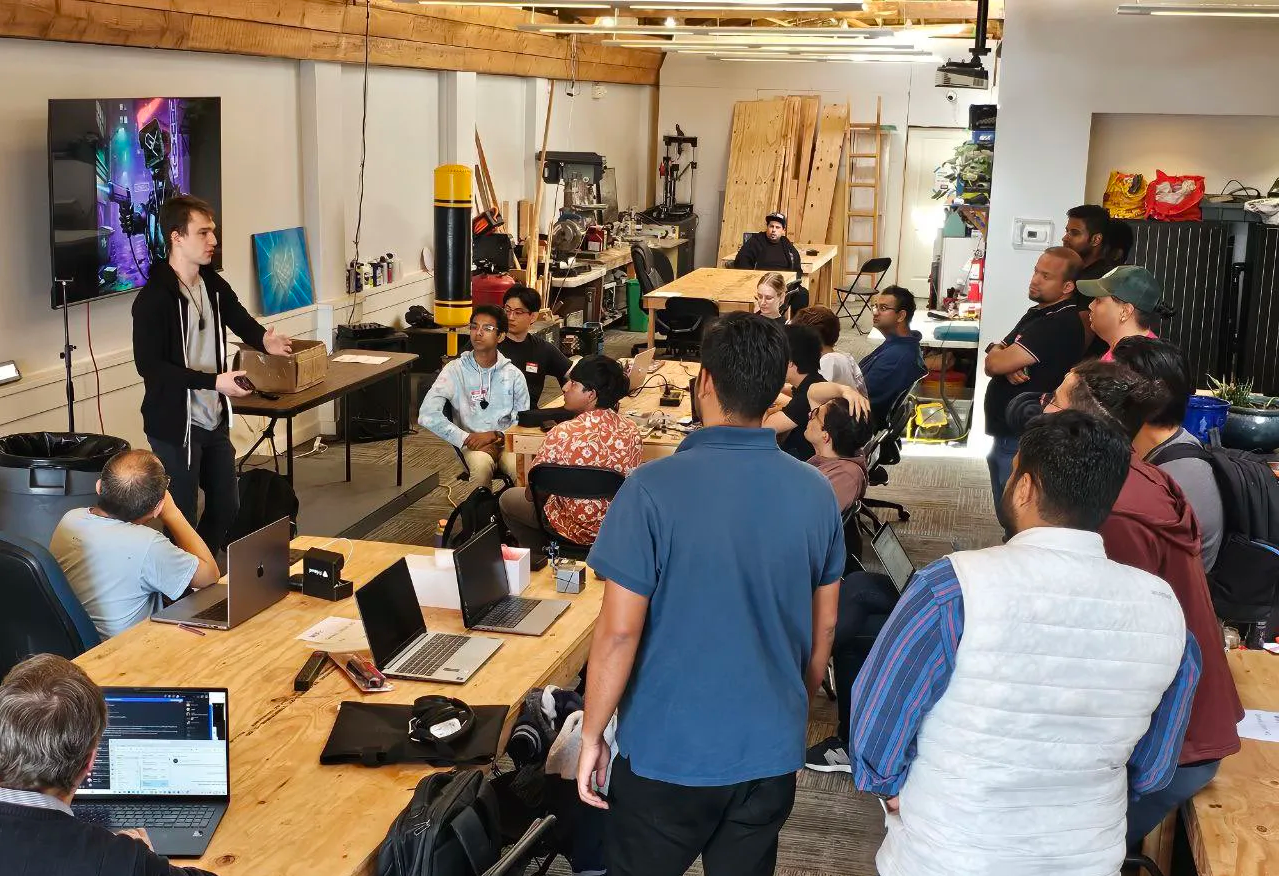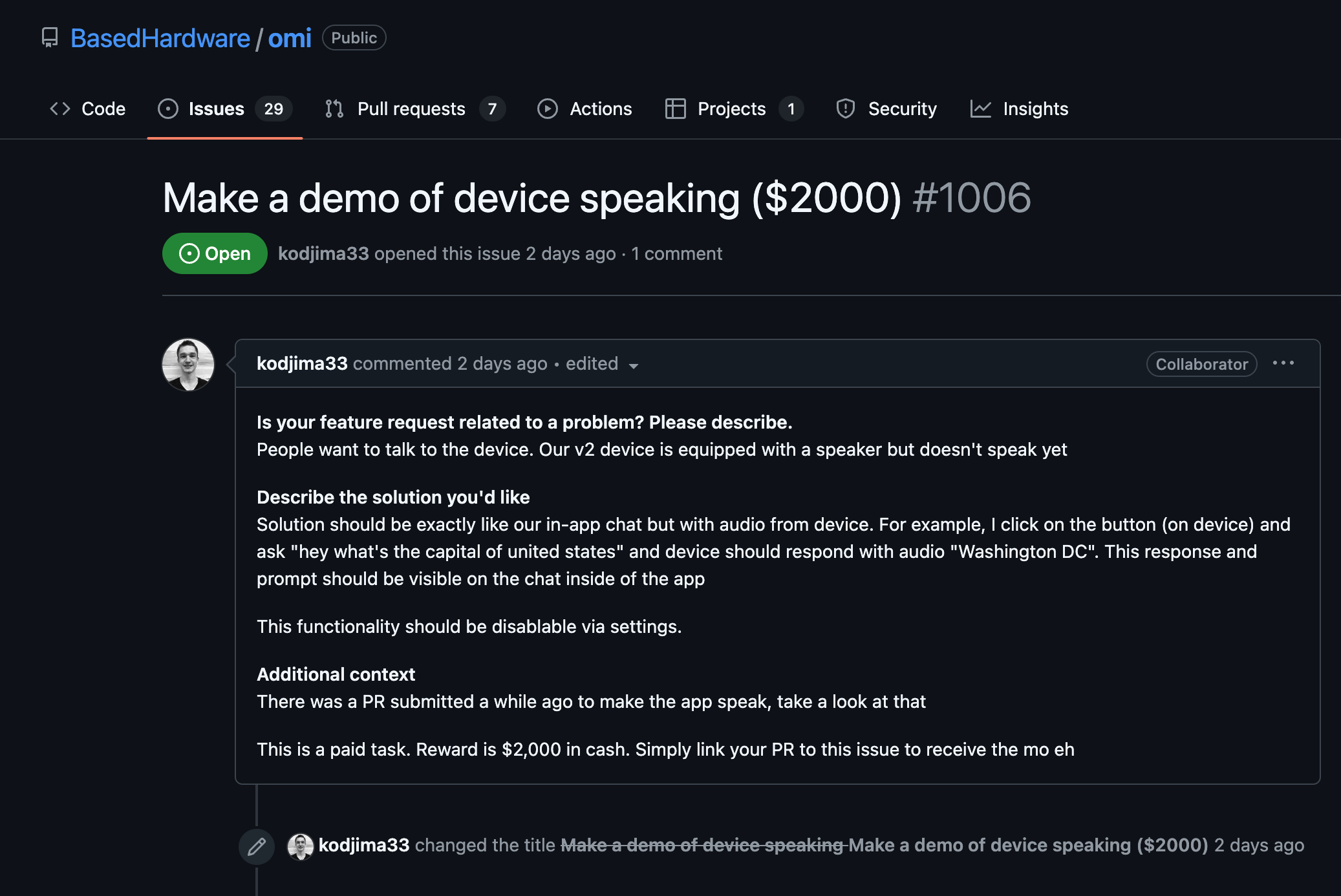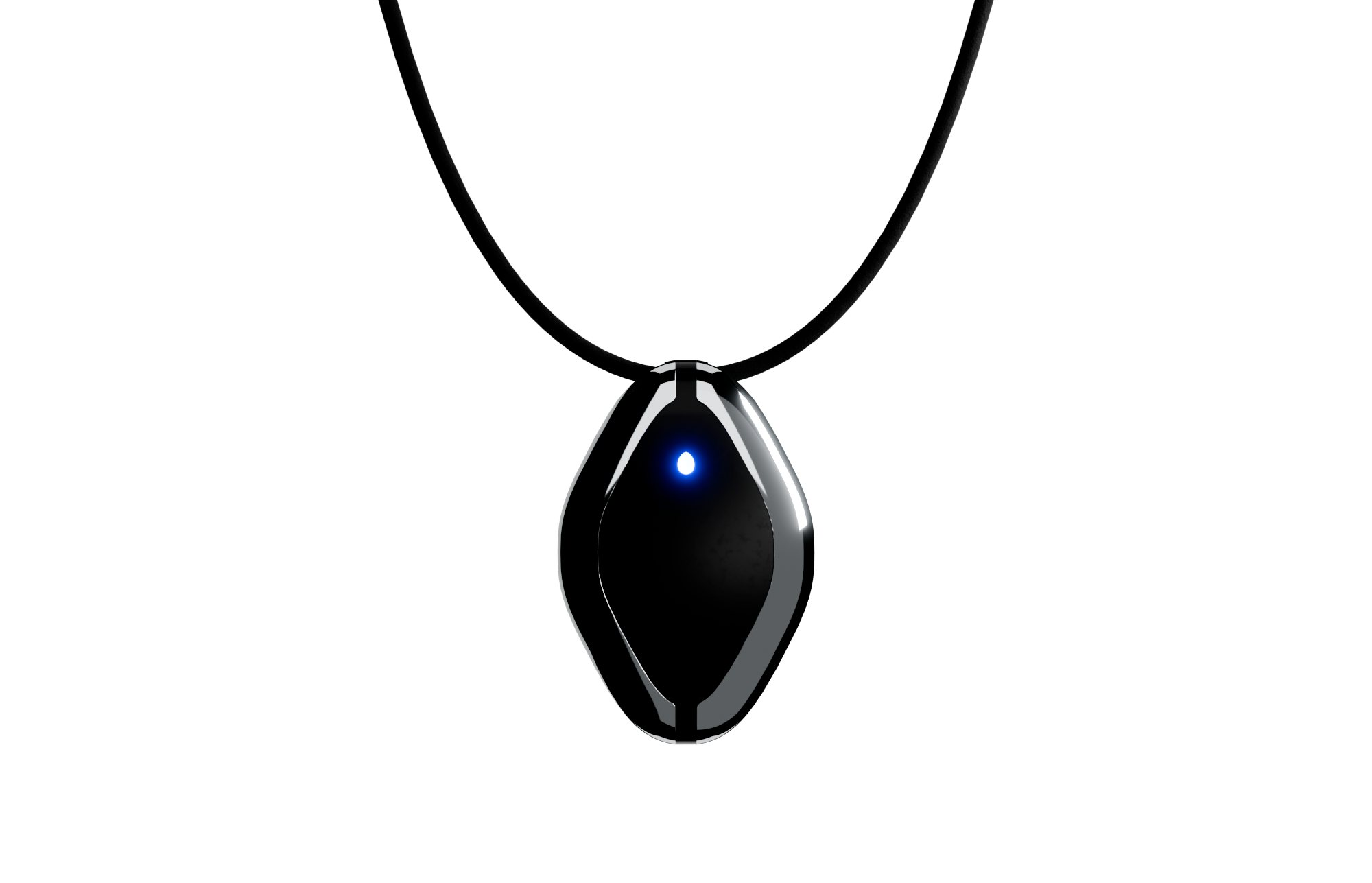Understanding TimeoutException in Flutter
- A TimeoutException typically occurs when a certain operation or task exceeds the expected duration that it should take to complete.
- In the context of Flutter, this is often related to asynchronous operations, such as network requests, database queries, or other I/O-bound tasks that fail to complete within a specified time frame.
- The specific message "after 0:00:30.000000" indicates that the operation timed out after 30 seconds without completion.
The Role of Futures in Dart
- In Dart's asynchronous programming model, the Future class represents a computation that might not have completed yet, but is expected to complete in the future.
- When you wait on a Future using
await, the program execution may block until the Future is complete, or it might provide a timeout duration.
- If the Future doesn't resolve in the given time, a TimeoutException is thrown.
Example Code Snippet
import 'dart:async';
Future<void> fetchData() async {
try {
final result = await someAsyncOperation().timeout(Duration(seconds: 30),
onTimeout: () {
throw TimeoutException('Operation timed out');
});
// Use the result here
} catch (e) {
if (e is TimeoutException) {
print('The operation has timed out!');
// Handle timeout scenario
} else {
// Handle other potential exceptions
}
}
}
Implications and Considerations
- The occurrence of a TimeoutException indicates that the system was unable to retrieve data or achieve a result within the expected time, possibly pointing to a bottleneck or inefficiency in handling operations.
- In real-world applications, consistently timing out operations might suggest reconsidering the architecture or optimizing the performance of the backend services involved.
- For end-user experience, it's crucial to handle such exceptions gracefully, potentially by providing feedback, retry options, or offline capabilities.
Conclusion
- Understanding how TimeoutException works within the Flutter framework is essential for developing robust applications.
- This exception acts as a reminder of the importance of managing and anticipating potential delays in network and I/O operations.

























